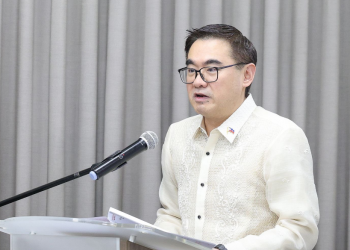Experts from the Mines and Geosciences Bureau (MGB) and Philippine Institute of Volcanology and Seismology (Phivolcs) assured that evacuees, especially the Lumads, residing in areas deemed as “no build zones,” can go back to their villages following the series of earthquakes that recently hit Cotabato.
According to a report, evacuees were permitted to construct houses in the “no build zones” as long as these are earthquake resistant. However, those whose houses are situated in landslide-prone areas will remain in the evacuation camps.
North Cotabato Governor Nancy Catamco expressed in the report that the construction of houses or any establishment is also permitted in areas at least five meters away from the “ground rupture.”
In Kidapawan, seven relocation sites that will accommodate 1,700 quake-affected families are currently being assessed by the said experts.
Kidapawan City Mayor Joseph Evangelista guaranteed that resettlement areas, especially for the Lumads, won’t be far from their ancestral lands and from their places of worship in Mount Apo.
Consequently, Catamco admitted she got irked upon learning that the “no build” areas are IP lands, including at least 4,000 hectares in Mount Apo.
In related news, Catamco spearheaded an inter-agency and multi-sectoral dialogue at the provincial capitol to discuss the declaration of “no build zones.”
MGB Region 12 Chief Field Officer Melvin Sibua expressed that the report they submitted on November 19 to the office of Vice-Governor Lala Mendoa was a list of quake-hit areas they identified as “high-risk” for landslides.
“The MGB can not, in any way, declare areas as ‘no build zones; or order forced evacuation in times of calamities like earthquakes. We can only suggest or recommend. Only the mayor or the chief executive officer of a town or city can do that,” Sibua was quoted as saying in the report.
Recently, MGB has led a team of geologists that conducted an ocular visit, assessment, and evaluation of “no build zone” areas.














